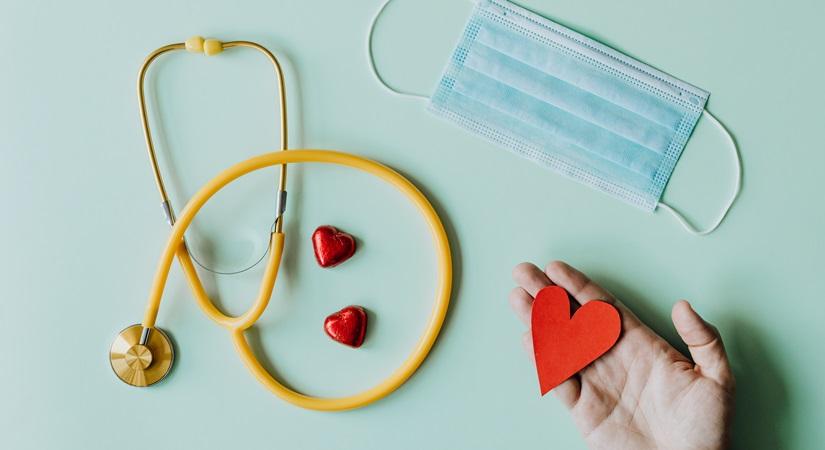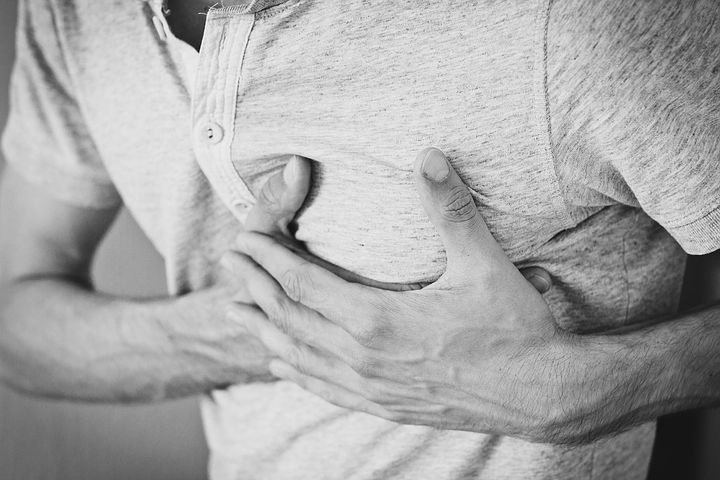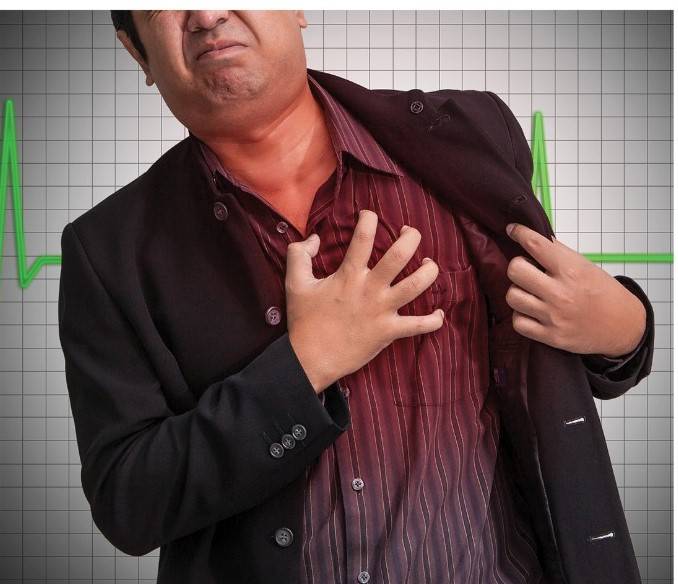Female participants who averaged 3.4 minutes of VILPA daily were 51 per cent less likely to suffer a heart attack and 67 per cent less likely to develop heart failure than those who did no VILPA…reports Asian Lite News
Australian research has found that short daily bursts of intense physical activity could reduce the risk of major cardiovascular events among middle-aged women by almost half.
The research, which was published on Wednesday by the University of Sydney, found that an average of four minutes of vigorous intermittent lifestyle physical activity (VILPA) a day significantly reduces the risk of major cardiovascular events, including heart attacks, for middle aged women, Xinhua news agency reported.
It found that women aged 40-79 who did not engage in regular structured exercise but averaged 3.4 minutes of VILPA daily were 45 per cent less likely to experience a major cardiovascular event than those who did no VILPA.
Emmanuel Stamatakis, lead author of the study, said that daily incidental vigorous activity completed in short bursts lasting up to one minute was shown to improve heart health outcomes in middle-aged women.
“Making short bursts of vigorous physical activity a lifestyle habit could be a promising option for women who are not keen on structured exercise or are unable to do it for any reason,” he said in a media release.
“As a starting point, it could be as simple as incorporating throughout the day a few minutes of activities like stair climbing, carrying shopping, uphill walking, playing tag with a child or pet, or either uphill or power walking.”
The study drew on data from 22,368 participants in the United Kingdom (UK) Biobank study who wore physical activity trackers between 2013 and 2015.
Cardiovascular health was monitored through hospital and mortality records until November 2022.
Female participants who averaged 3.4 minutes of VILPA daily were 51 per cent less likely to suffer a heart attack and 67 per cent less likely to develop heart failure than those who did no VILPA.
A minimum of 1.2 minutes of VILPA per day was associated with a 30 per cent lower risk of total major cardiovascular events, a 33 per cent lower risk of heart attack, and a 40 per cent lower risk of heart failure.
Men were found to experience fewer health benefits from VILPA. Those who averaged 5.6 minutes daily were only 16 per cent less likely to experience a major cardiovascular event than those who did none.
ALSO READ-Long-Term Heart Risks Vital in Hypertension Treatment




